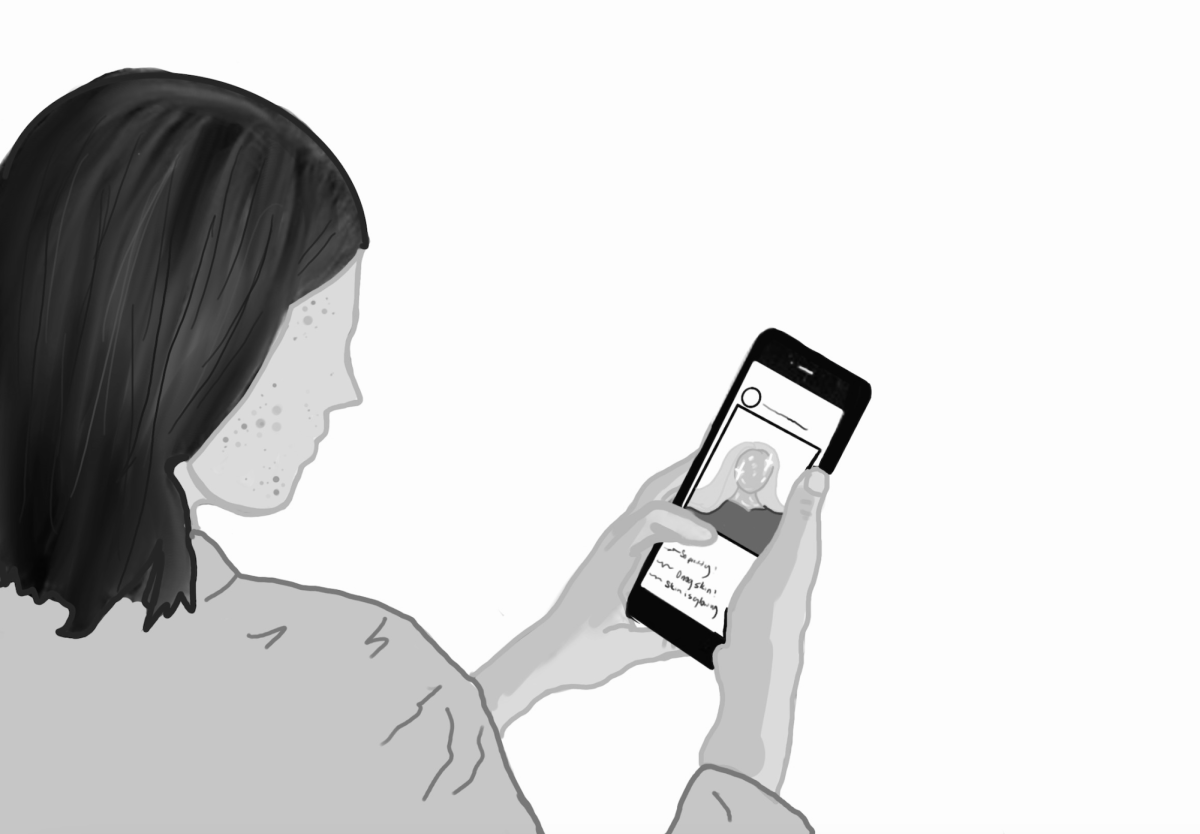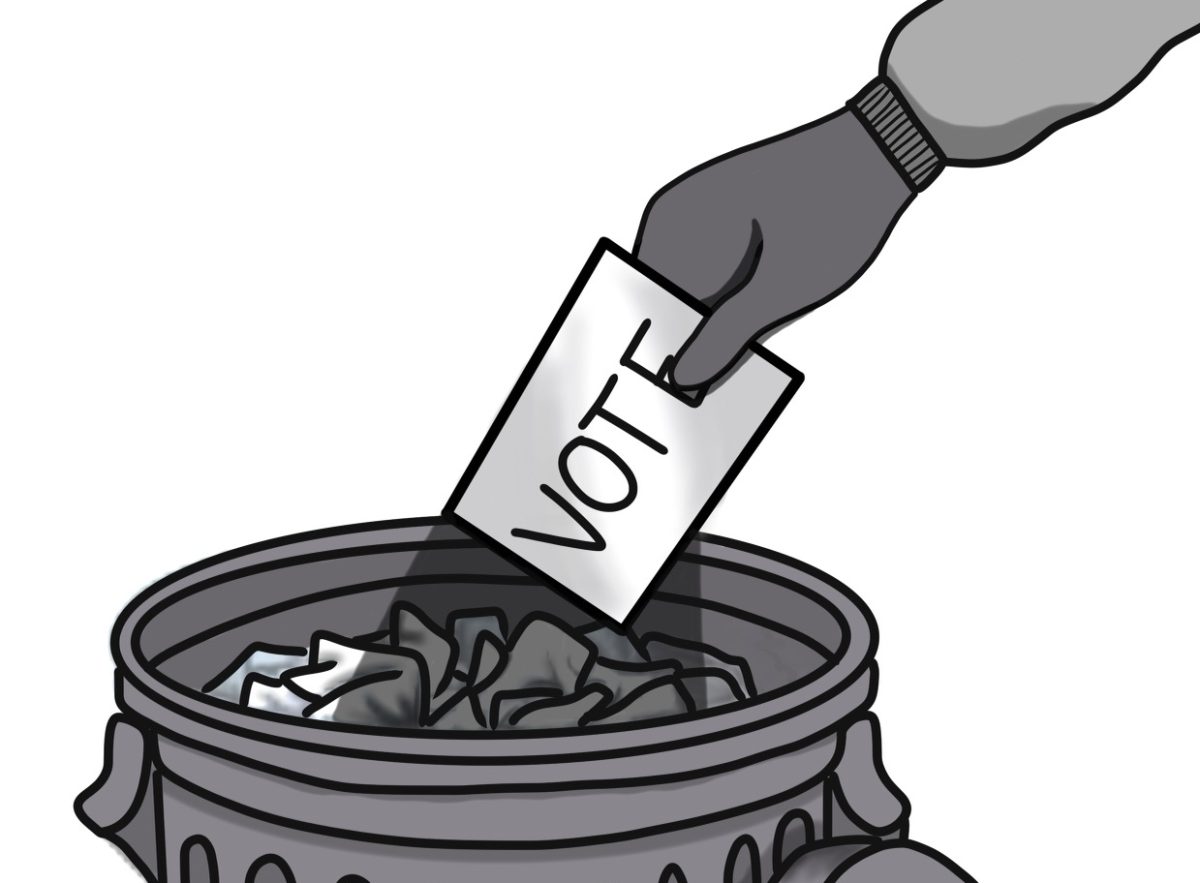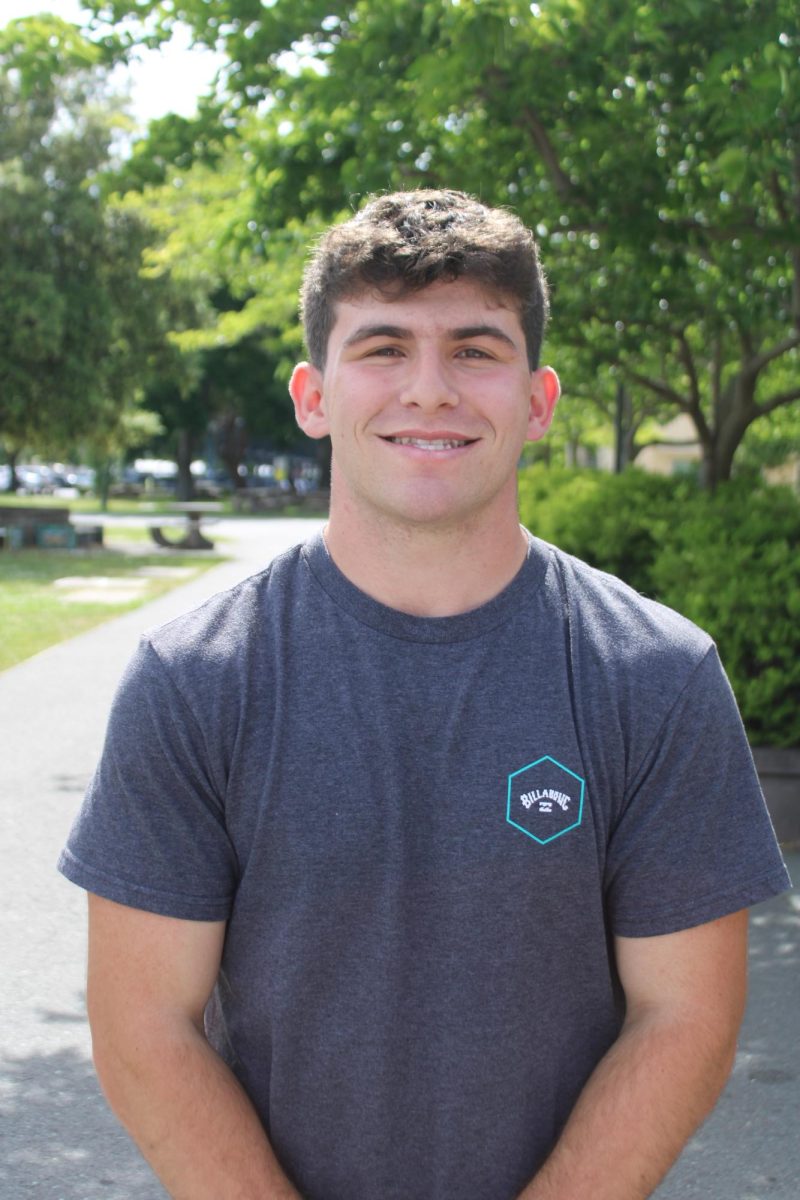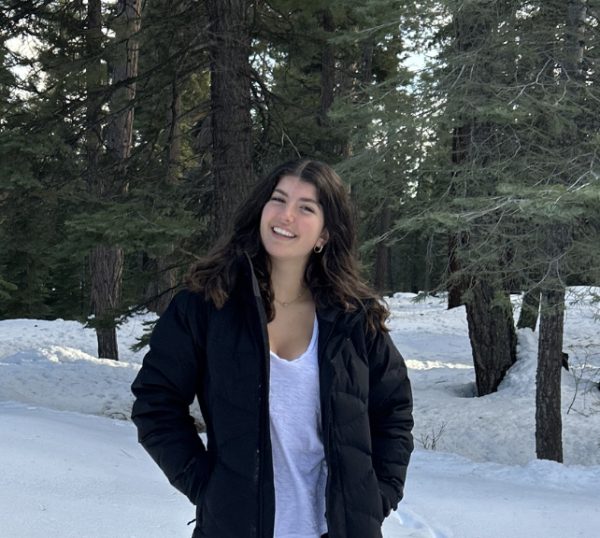Do you ever find yourself scrolling through social media, losing yourself in a swarm of food videos? Eat this, eat that. How to make a low-calorie sandwich: cut the turkey, lettuce and tomato. If you eat the bread, you will meet your calorie maximum of the day. These videos range from ramen and junk food mukbangs, to how to get skinny in 3 weeks by eating nothing but celery. Through adolescence, children are susceptible to believing false information by trusting the authority of an adult. Food influencers on social media, such as Victoria Minell and Steph Grasso, often spread negative perceptions of food for susceptible teenagers. As a teenage girl, I’ve personally been influenced by videos of adults saying “Do you see other girls at school and want to look like them?” or “Here are some healthy recipes that you can use to lose some pounds and be ready for summer!” These videos have significantly harmed my body image and relationship with food, and the impact can be shared by other teenage girls.
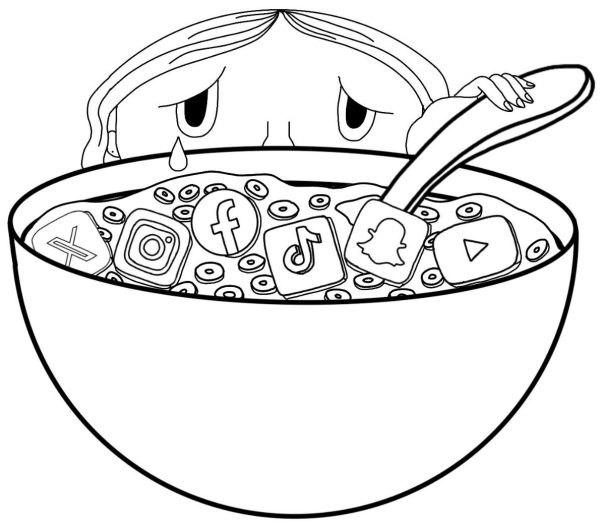
The social-media trend “What I Eat in a Day” has increased the popularity of unsafe eating habits. No one wants to be perceived as unhealthy or imperfect, so they post that all they’ve eaten that day was a salad. The reality is that most of these people are consuming more realistic diets than they let on in their videos, full of fast food, desserts and salad-dressing. The world isn’t always what we see on camera. Teenagers watch these videos with aspirations to fit into a picture-perfect beauty standard of a flat stomach and thin legs.
According to a study found by the National Association of Anorexia Nervosa and Associated Disorders, at age six to ten, girls start to worry about their weight. By age 14, 60 to 70 percent are trying to lose weight. TikTok, a platform that most teenagers consider a resource, can turn into a place where receptive kids learn unrealistic dietary restrictions and perceptions of what they should eat and look like. But the reality is that everyone’s body is different. Bodies come in all shapes and sizes, and not all food restrictions are helpful. One influencer can’t depict what every person should be eating in order to meet the standard of “healthy.” Healthy looks different on everybody.
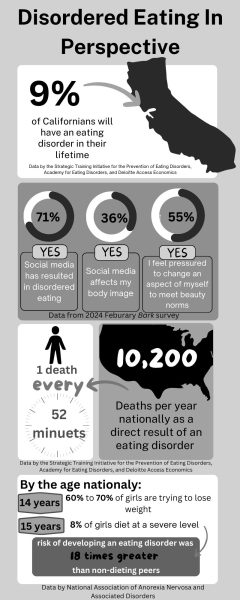
The National Association of Anorexia Nervosa and Associated Disorders also found that eight percent of 15-year-old girls significantly restrict their diets, and their risk of developing an eating disorder is 18 times greater than their non-dieting peers. These diets are typically influenced by what they see on the internet. Skinnier bodies on TikTok receive envious comments, full of validation on their physical appearance. If the same influencer posts a video about substituting pasta with zucchini noodles, it might influence that kid to think that’s what he or she has to eat in order to look like them and receive that same praise from society.
According to children’s specialty physician, Dr. Sarah Stromberg Sobalvarro some of the most common signs or symptoms of an eating disorder are refusal to eat high-sugar, high-fat foods, fear of gaining weight, and overall restrictive food intake. These restrictive tendencies that teens obtain are found directly from the phone screens that they view for hours every day.
Although platforms such as TikTok can be helpful resources to learn about nutrition, there should be a source on these apps that warn kids that who they are listening to is not a professional. These social media platforms should censor fake information that is fed to adolescents every day, such as false advertisements about food. In addition, influencers like Spencer Barbosa should be promoted. Barbosa Promotes eating habits that are realistic and differ when it comes to body types.
It’s understandable that being healthy in the sense of having the right amount of nutrients to fuel you for the day is important. Some people might truly believe that the information they are obtaining about food from TikTok is helpful. However, the way each person obtains that is different. Not everyone should do an all-kale diet for 5 days or eat harmful weight loss drugs just to achieve a certain body type. People with such popular platforms should not be promoting dieting to young, easy-to-influence children because at the prime of youth is when most brain paths and routines are made, and eating disorders are incredibly deadly. . They are often the result of outside influence on weight loss and eating habits. TikTok and other social media platforms need to fix this problem if we want to decrease disordered eating and improve the eating habits of children by properly educating them and letting them pick what they put in their bodies.








